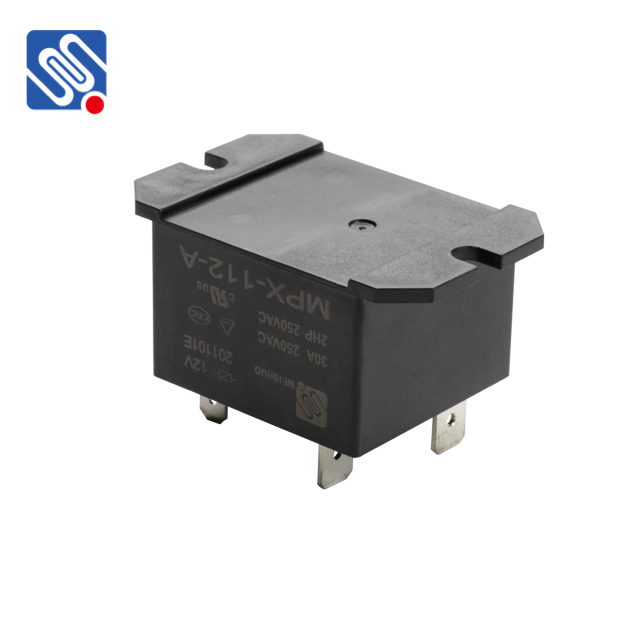Relays are integral components in the world of electrical engineering and automation, offering reliable control over high-power systems. Among the various types of relays, the 220V 30A Relay stands out due to its ability to handle significant electrical loads while ensuring safety and efficiency. This article delves into the features, applications, and key benefits of the 220V 30A Relay, providing a comprehensive understanding of how this device functions and why it’s widely used in various industries.

What is a 220V 30A Relay? A 220V 30A Relay is an electromagnetic switch that allows low-voltage control circuits to manage higher-voltage or higher-current systems. It is designed to operate on 220V AC (alternating current) systems and can handle a maximum current of 30 amps. This relay is often employed in situations where it is impractical or unsafe to manually control large electrical equipment due to the high voltage or current involved. At its core, a relay works through an electromagnetic field. When a low-voltage control signal (such as 5V or 12V DC) is applied to the relay coil, the electromagnetic force generated activates a set of internal contacts. These contacts either open or close, allowing current to flow through the circuit they are controlling. In the case of a 220V 30A Relay, these contacts are capable of handling significant electrical loads, making it a vital component for controlling heavy-duty appliances and machinery.